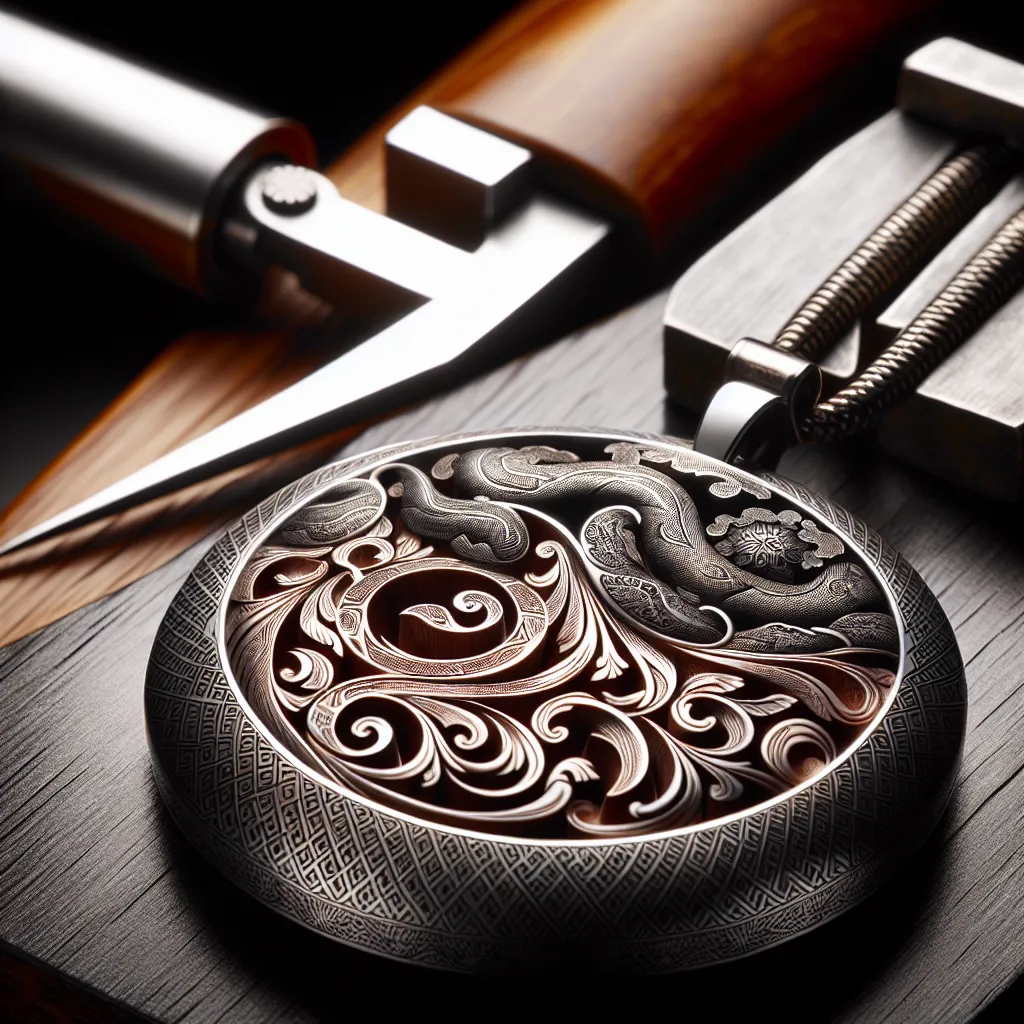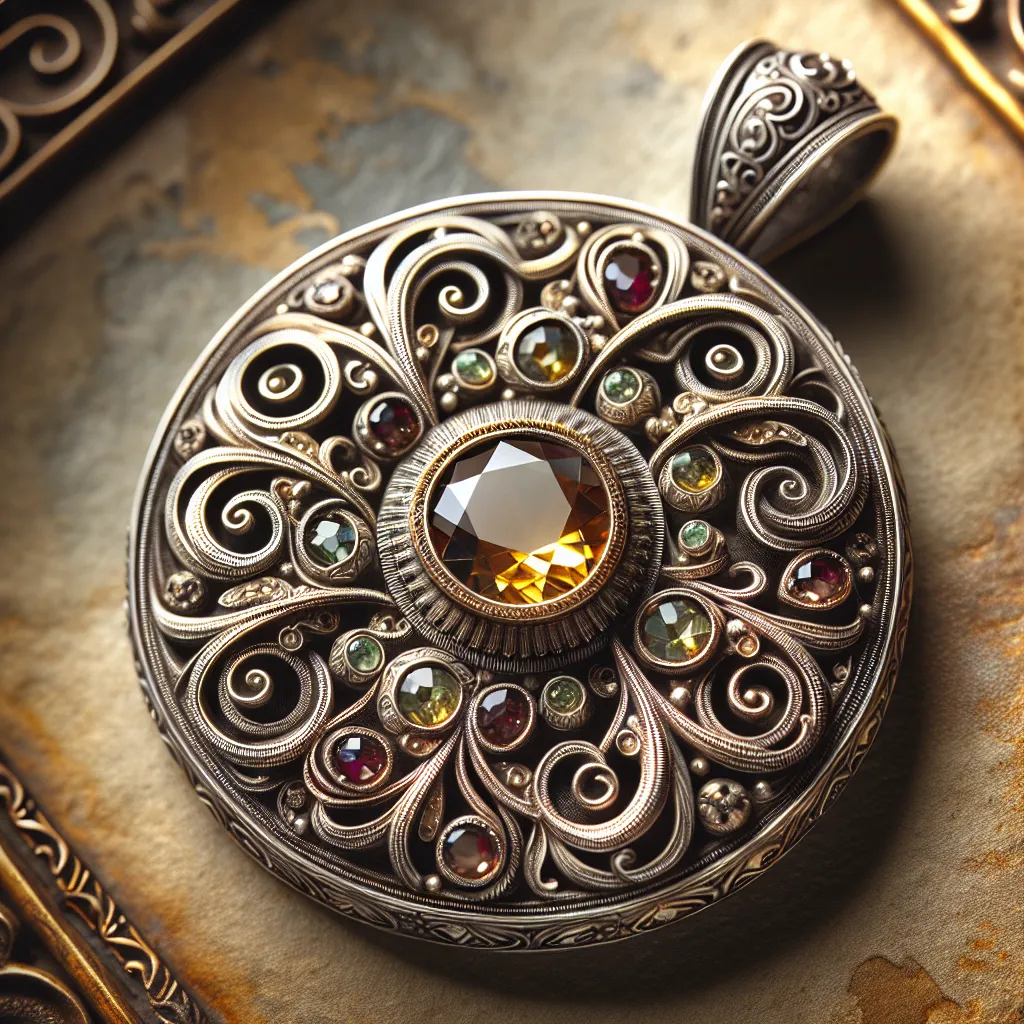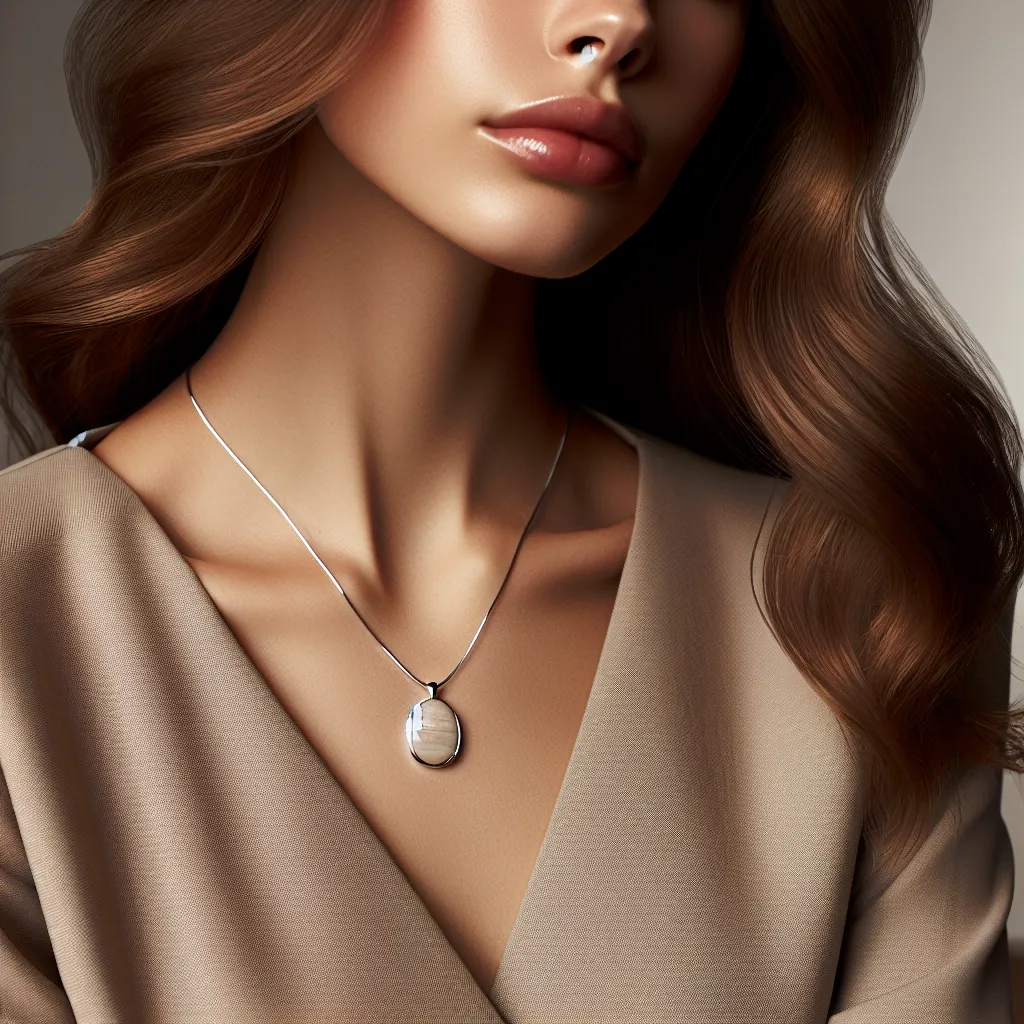Unveiling the Symbolism: The Cultural Significance of Pendants Throughout History
Throughout history, pendants have held great cultural significance and have been an integral part of various ancient traditions. These small adornments, often worn around the neck, have symbolized different aspects of life and spirituality for different cultures. In ancient Egypt, for example, pendants were intricately designed with meaningful symbols such as the ankh, representing life, and the Eye of Horus, symbolizing protection and power. Similarly, in ancient Celtic traditions, pendants adorned with symbols like the triskele were believed to offer protection and ward off negative energies. The use of pendants as a form of expression and symbolism was not limited to specific cultures, as they were also prevalent in ancient Greek, Roman, and Chinese civilizations, each carrying their own unique meanings and beliefs.
Over time, the symbolism associated with pendants has evolved and adapted to modern fashion trends. While ancient pendants were often crafted from materials like gold, silver, and gemstones, modern pendants can be found in a variety of materials, including stainless steel, leather, and even recycled materials, reflecting a shift towards sustainable and ethical fashion choices. Additionally, the symbolism of pendants has expanded to encompass a wide range of meanings, from personal empowerment and self-expression to commemorating special moments and relationships.
Today, individuals from diverse cultural backgrounds continue to embrace the wearing of pendants as a way to connect with their heritage and express their individuality. Whether it’s a traditional symbol passed down through generations or a contemporary design that holds personal significance, pendants remain a timeless accessory that bridges the past and present, showcasing the enduring cultural significance and symbolism attached to these intricate adornments.
Pendant Styles Through the Ages: A Visual Journey from Antiquity to Contemporary Trends
Pendants have been a timeless and versatile accessory, evolving through the ages in response to changing cultural, social, and fashion trends. From ancient traditions to modern fashion, the evolution of pendants encapsulates a visual journey representing the shifting styles and preferences of different eras. In antiquity, pendants were crafted with intricate designs and symbolic motifs, often reflecting the religious beliefs, social status, and cultural practices of the time.
During the Renaissance period, pendants became more ornate and decorative, adorned with precious gemstones and intricate metalwork, symbolizing wealth and opulence. The Victorian era saw a resurgence of sentimental and romantic motifs in pendant styles, with lockets and cameos gaining popularity as cherished keepsakes.
As the 20th century ushered in modernism, pendant styles underwent a radical transformation, embracing minimalist designs and geometric shapes. The Art Deco movement introduced sleek and angular pendants, reflecting the avant-garde sensibilities of the time.
Today, the world of pendants embraces a diverse range of styles, from vintage-inspired designs to contemporary minimalist pieces. With the resurgence of interest in handmade and artisanal jewelry, pendants crafted from organic materials and unconventional forms have gained prominence, offering a unique blend of tradition and innovation.
From ancient amulets to modern statement pieces, the evolution of pendants serves as a testament to the enduring allure of this versatile accessory, providing endless opportunities for self-expression and style.



